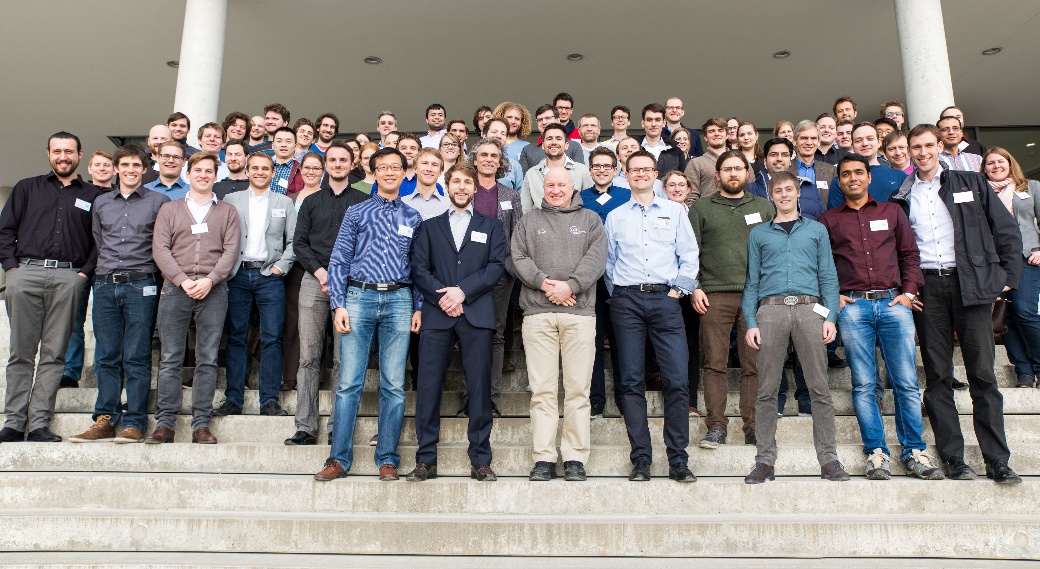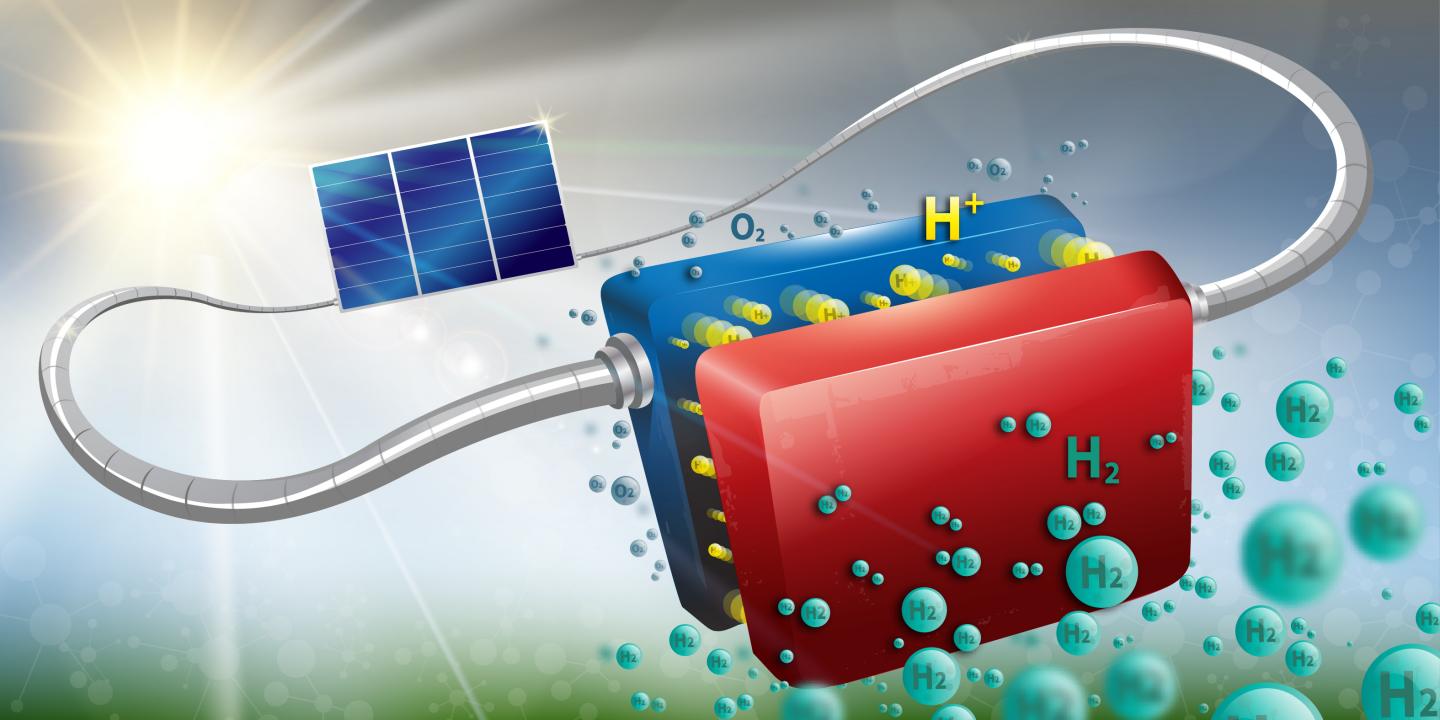
The device is able to convert solar energy into hydrogen at a rate of 14.2 percent, and has already been run for more than 100 hours straight.
Image: Infini Lab/EPFL
One of the biggest barriers between renewables and widespread grid implementation has been the issue of intermittency. How can we meet a nation’s energy demands with solar when the sun goes down?
In an effort to move past these barriers toward a cleaner energy infrastructure, a new paper published in the Journal of The Electrochemical Society describes an effective, low-cost solution for storing solar energy.
The research team from Ecole Polytechnique Fédérale de Lausanne is looking to covert solar energy into hydrogen through water electrolysis. At its core, the concept revolves around using solar-produced electricity to split water molecules into hydrogen and oxygen, leaving clean hydrogen to be stored as future energy or even as a fuel.
But this idea is not new to the scientific community. However, the research published in JES provides answer to continuous barriers in this field related to stability, scaling, and efficiency.


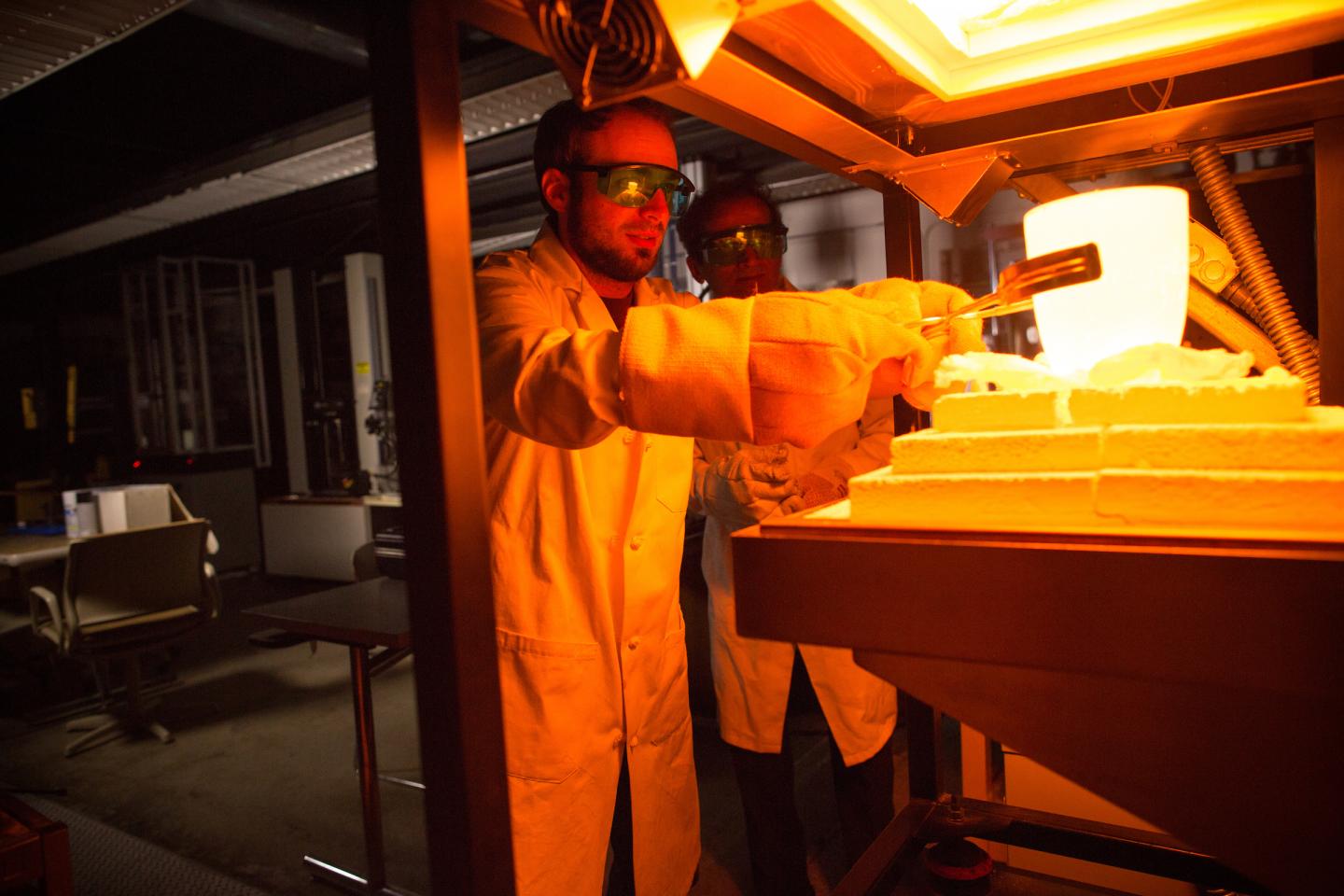
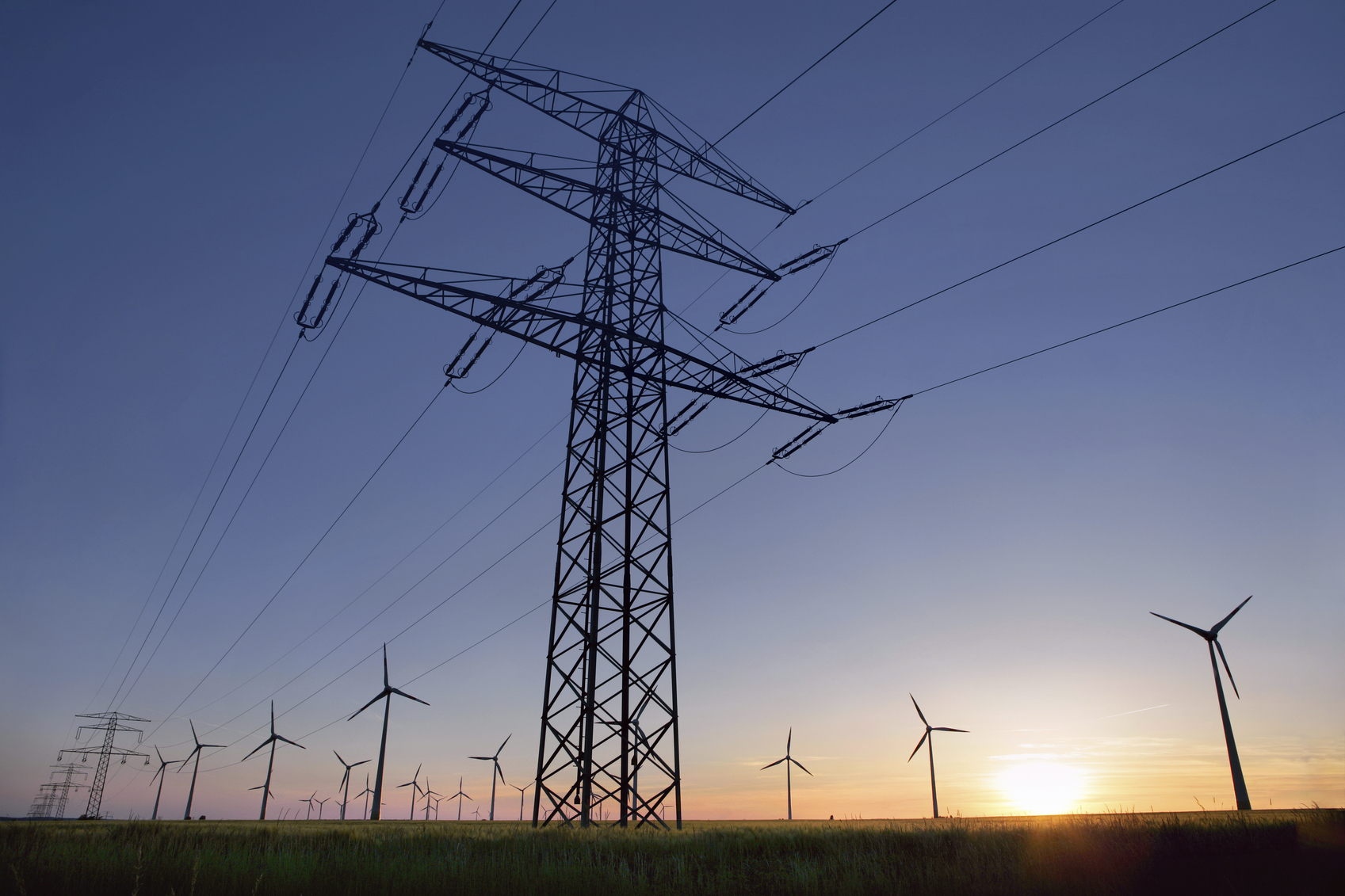 The world’s next energy revolution is looming nearer.
The world’s next energy revolution is looming nearer.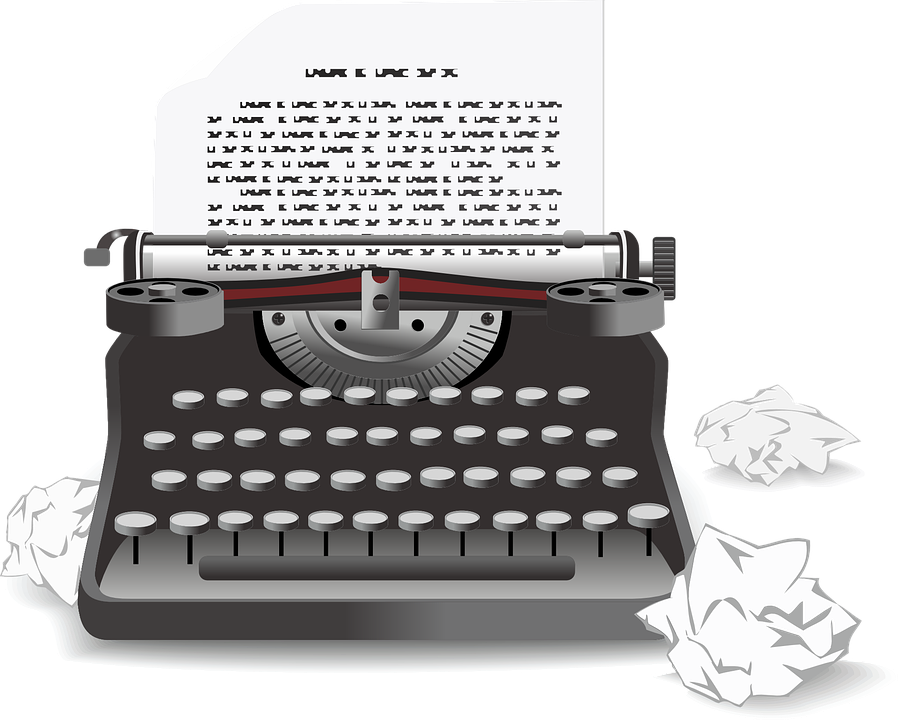 There’s only one week left to enter ECS’s Open Access Week Competition! Don’t forget to
There’s only one week left to enter ECS’s Open Access Week Competition! Don’t forget to 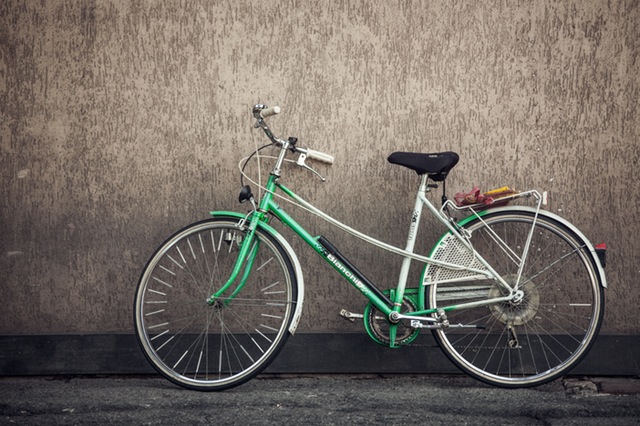
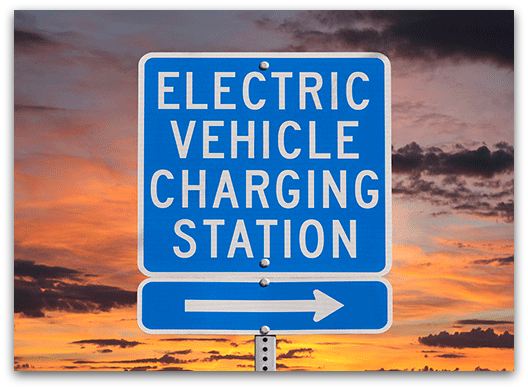 Electric vehicles have become more visible in the automobile market over the past few years, but many potential buyers still cite one thing as a major deterrent in going electric: range anxiety.
Electric vehicles have become more visible in the automobile market over the past few years, but many potential buyers still cite one thing as a major deterrent in going electric: range anxiety.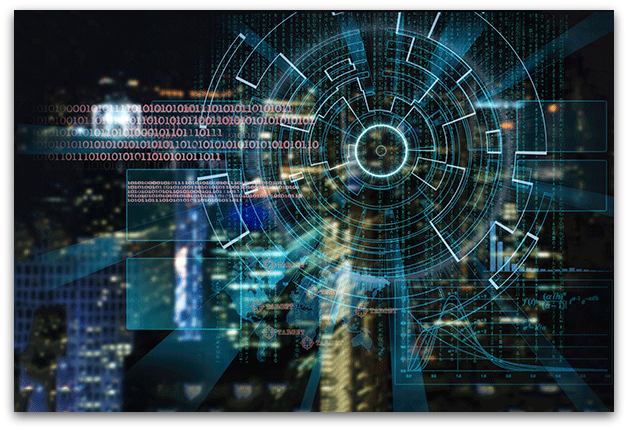 While cyberwar may sound like the plot of the latest sci-fi blockbuster, the realities of the phenomena are much more palpable. Few understand that better than
While cyberwar may sound like the plot of the latest sci-fi blockbuster, the realities of the phenomena are much more palpable. Few understand that better than 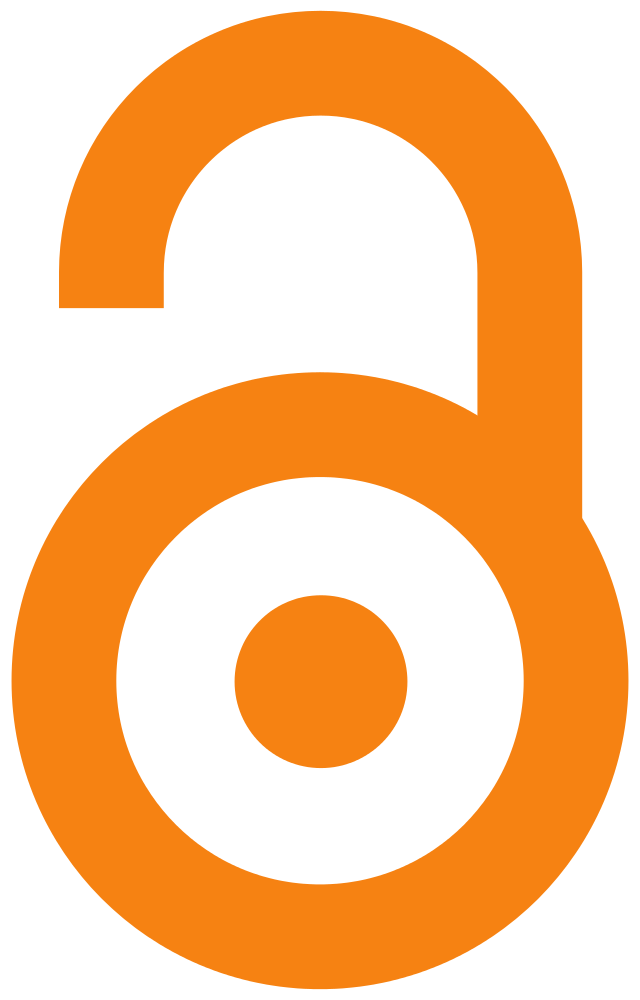 NASA recently announced that all research funded by the space agency will be accessible to anyone looking to access the data at absolutely no cost.
NASA recently announced that all research funded by the space agency will be accessible to anyone looking to access the data at absolutely no cost. The upcoming
The upcoming 